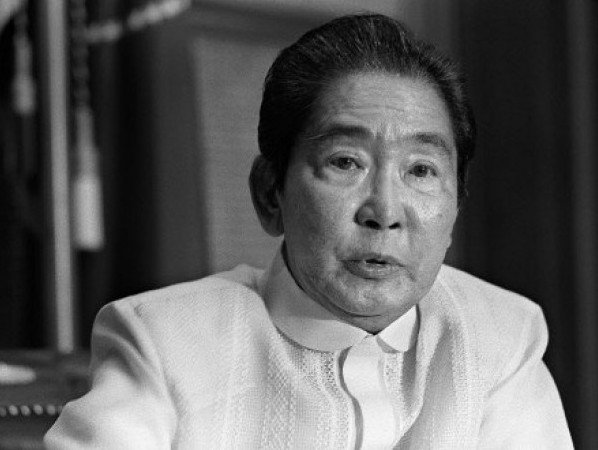‘Libingan ng Mga Bayani at Isang Diktador’
What’s supposed to be a sacred resting place for the nation’s heroes may have to be given another name: “Libingan ng Mga Bayani at Isang Diktador.”
What’s noteworthy is, in reaffirming his plan to allow the Marcos family to bury Ferdinand Marcos at the Libingan ng Mga Bayani, even President-elect Duterte is now admitting that the late dictator, considered the second most corrupt ruler in recent history, is no hero.
He is allowing the late dictator to be buried at the Libingan ng Mga Bayani “not because he (was) a hero, but because he was a Filipino soldier.”
But Duterte sure is choosing to honor the worst kind of Filipino soldier. And in doing so, he’s disrespecting the truly honorable Filipino soldiers, especially those buried at the Libingan ng Mga Bayani.
It’s a safe bet many of the soldiers buried there did not make up tall tales about what they did during the war.
That’s not the case with Marcos, the most notorious fake hero in Philippine history.
“’This is not true, no. Holy cow. All of this is a complete fabrication. It’s a cock-and-bull story.”
That was the famous reaction of former US Army Captain Ray Hunt, who commanded Filipino guerrillas during World War II, when he was told of Marcos’ claims that he was the leader of impressive guerrilla force that wreaked havoc on enemy forces during the war.
“Marcos was never the leader of a large guerrilla organization, no way,” Hunt told the New York Times.
In fact, Hunt said Marcos was the leader of nothing more than a “Paper Army.”
“My frank opinion today is that Marcos did get around the islands, and he did do some recruiting, but he didn’t manage to get arms,” he said according to a Los Angeles report. “ So we call that a paper army.”
And there are even questions on which side Marcos’ “paper army” was fighting for.
For there’s evidence that Marcos and his alleged guerrillas weren’t even on our side.
The U.S. Veterans Administration found that some of the guerrillas who claimed to be members of Marcos’ group became notorious for committing atrocities against Filipino civilians, not fighting the Japanese occupation forces, according to a 1989 UPI report.
And Marcos’ men were even found to have engaged in “nefarious activity,” such as selling contraband to the Japanese.
That’s the kind of soldier Duterte thinks is worthy of a hero’s burial?
And it’s not like the president-elect doesn’t have an idea of heroism. He had one in his family: his mother.
Soledad Duterte was a prominent, fearless leader in the movement against the Marcos regime in Davao in the 1980s.
She was 95 when she died four years ago. This was how a Gabriela activist, Luz Ilagan, remembered her:
“She was already a woman activist long before the term was coined. She showed us through example how to be committed and be strong in the face of adversities. Davao was heavily militarized, we had no resources, we had our own families to raise, we were still learning the ropes in alliance work; and there she was, a teacher, a fundraiser, an organizer, an inspirational model and a friend, not to mention, ‘inahan sa kanunay nga panabang’ — a “mother of perpetual help.”
That’s the standard of heroism Duterte should follow.
Visit the Kuwento page on Facebook at www.facebook.com/boyingpimentel
On Twitter @boyingpimentel
